Strictly Speaking, JMeter can't simulate a browser. JMeter has its own limitations, like not parsing .js files (as per 3.0 version), sending ajax requests from events etc.
But, for your question, there is support in JMeter.

So, you can specify the concurrent pool size as per your requirements, say concurrent pool size value set to 10, which would solve your issue.
Today browser normally sends requests concurrently and each browser has its own max value for maximum connections that can be made concurrently.
Refer following links:
Max parallel http connections in a browser?
and How to solve Chrome's 6 connection limit when using xhr polling.
When you use "Retrieve Embedded Resources" and set Concurrent Pool Size, you ONLY need to add parent sampler, which triggers resource requests like .css, .js files by Jmeter itself. (Eg: add only stackoverflow.com and it will load all the resources like .css, .js automatically). During recording , all these requests are seperately recorded, so you need to remove all of them or create a new plan/thread group containing only parent sampler.
Note: As I mentioned, requests triggered from .js, .csv won't be sent as Jmeter won't parse them like Browser. You need to add ONLY these requests as samplers explicitly. Add View Results Tree and compare the requests triggered by Jmeter and Browser (F12 -> Network tab) to know which request are missing by Jmeter.


